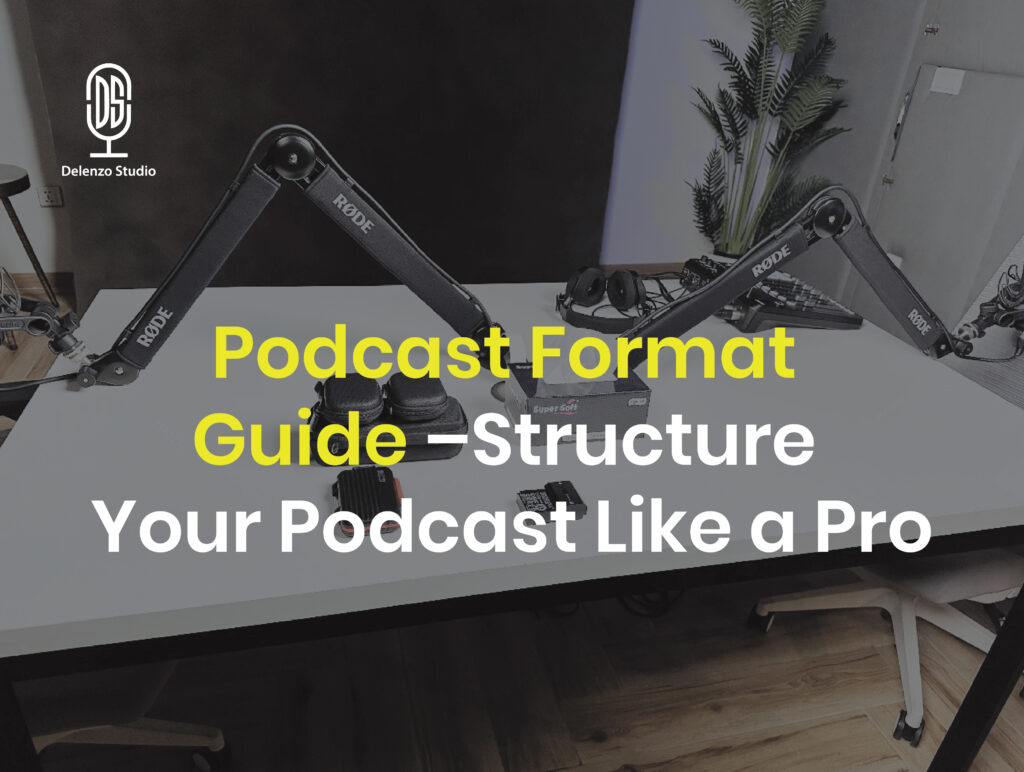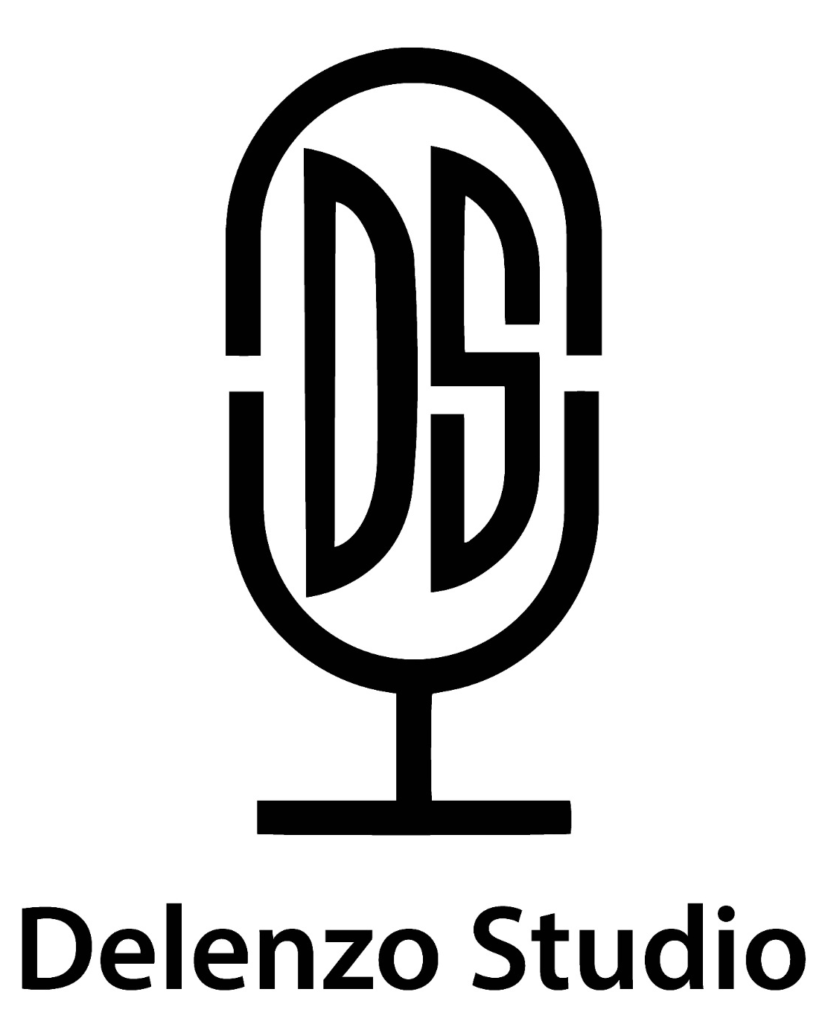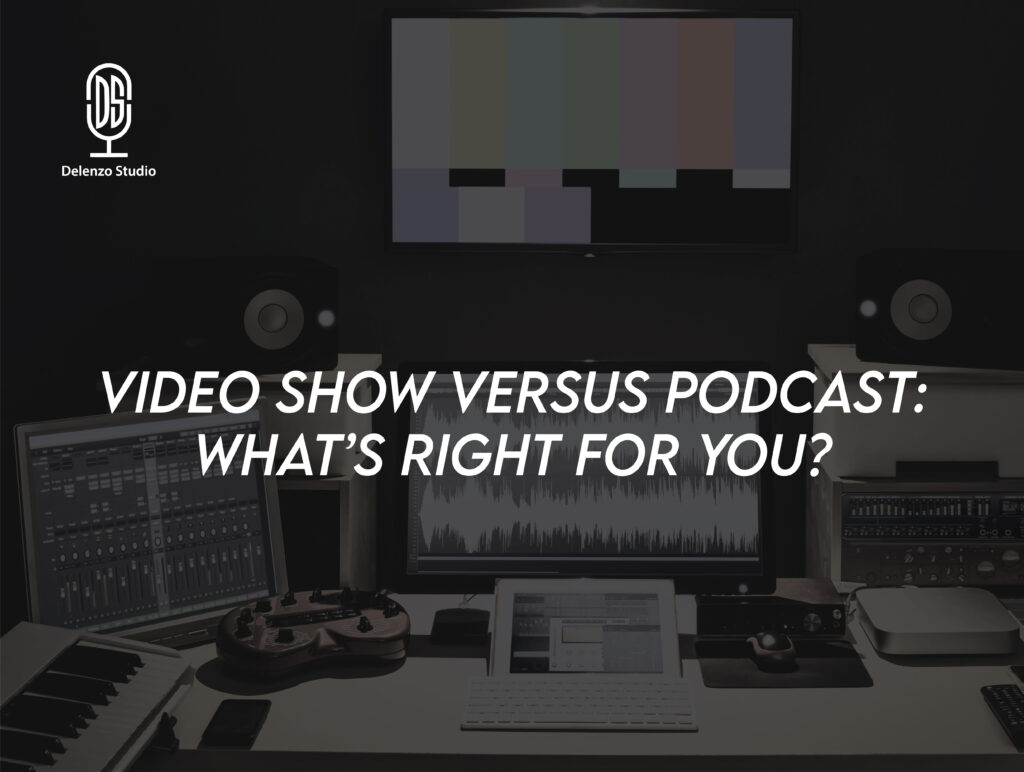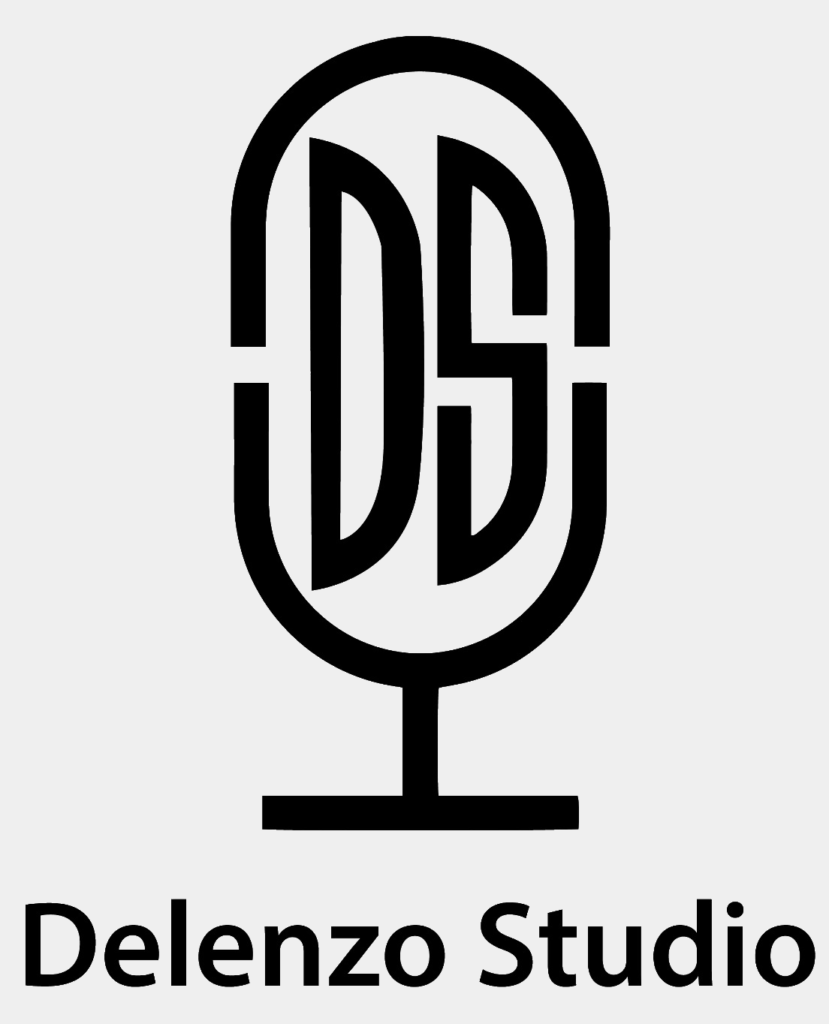
Podcasts are super popular these days, and for good reason. They’re a fantastic way to connect with your audience, share stories, conduct interviews, or engage in lively discussions. Picking the proper podcast format is key to making your podcast shine. That’s why this guide is here to help. It will help you understand all the different options and how to structure your podcast episodes, so listeners stay hooked.
A good format isn’t just about keeping the audience engaged; it also gives your show that polished, professional vibe. You might love telling stories by yourself or prefer energetic group discussions. Therefore, your chosen format will set the stage for your podcast’s success. This guide will explore different podcast styles, show you how to organize your episodes and share tips to make your show stand out. So, let’s jump into the exciting world of podcast formats and create something amazing.
What is a Podcast Format?
A podcast format refers to the overall structure and style of your show. It determines how you present your content, engage with your audience, and stand out in a crowded field of content creators. Formats can range from solo narratives to dynamic panel discussions. It allows you to design your show to your niche and goals. Therefore, by defining your podcast structure, you set the tone and expectations for your listeners.
Indeed, choosing the correct podcast format is like setting the foundation for a house. It shapes the experience for your audience and gives you a roadmap for creating consistent, high-quality podcast episodes. From lighthearted banter to deep storytelling, each format brings a unique flavour to your show. Additionally, understanding your audience and the message you want to convey will help you pick the ideal structure. Whether you’re a beginner or a professional podcaster, refining your format is key to growth.
Choose the Right Podcast Format
Selecting a format is a critical decision for any podcaster. Let’s explore some standard podcast formats to find the one that fits your style and objectives.
Solo
In a solo format, one host takes the stage to share insights, experiences, or stories. Therefore, this style is perfect for establishing your expertise and personal connection with your audience. Many content creators use this format to offer tutorials or commentaries.
Solo podcasts are ideal for beginners as they are simple to produce. You don’t need to coordinate with guests or co-hosts, making it easier to maintain a consistent schedule. However, keeping your content engaging is crucial since you’re the sole voice driving the narrative. In addition, adding sound effects or music can enhance the listener’s experience.
Co-Hosted
The co-hosted format features two or more hosts engaging in discussions. Plus, the dynamic between the hosts creates a conversational tone, making it ideal for lighthearted or analytical topics. Co-hosts often bring different perspectives, enriching the content and keeping it lively.
Crucially, this format thrives on chemistry. If you and your co-hosts share a natural rapport, the podcast can feel like a friendly conversation. This format also allows for brainstorming and dividing responsibilities, reducing each host’s workload. Consider recording in a professional studio for effective production to ensure clear audio quality.
Check out Delenzo Studio
Interview-Based
In this format, a host interviews guests who are experts or influencers in a specific field. On top of that, Interview-based podcasts are great for networking and providing valuable insights to your listeners. This format can deliver professional and engaging episodes with proper planning and sound editing tools like Audacity.
Naturally, the success of interview-based podcasts often hinges on the quality of your guests and the questions you ask. Research your guests thoroughly to create compelling and relevant discussions. This format also offers a chance to attract a wider audience through your guest’s followers. Post-production tools can help you edit the content for clarity and impact, making it polished and professional.
Storytelling/Narrative
Storytelling or narrative podcasts weave engaging stories, whether fictional or real. They often incorporate sound effects and music to create an immersive experience. These podcasts require detailed planning but are excellent for captivating listeners.
Narrative podcasts are perfect for creative projects. They allow you to dive deep into a topic, presenting it in a way that feels like a cinematic experience. In fact, using tools like Movie Studio and Video Studio, you can add visual elements if you’re producing video podcasts. This format works well for true crime, historical events, or scripted dramas.
Panel Discussion
Panel discussions bring together multiple voices to explore a topic in depth. Similarly, this format works well for trending issues or debates. You can produce high-quality content with professional audio and visuals using a well-equipped recording or movie studio.
Panel discussions are a great way to present diverse opinions and foster engaging debates. Also, to maintain balance, ensure each panellist has a clear role and time to speak. Proper moderation is essential to avoid overlapping conversations. It also helps keep the discussion on track.
Basic Structure of a Podcast Episode
Structuring your episodes is key to keeping your audience engaged regardless of your chosen format. Here’s a simple yet effective structure:
Intro (1–2 Minutes)
Start your podcast episode with a catchy intro. Introduce the topic and give listeners a reason to stay tuned. Add music or sound effects to set the mood. Mention your show’s name and any key updates.
A strong intro hooks your audience instantly. Use engaging language and make the topic relatable. Moreover, adding a quick personal anecdote or a teaser about what’s coming up can make listeners curious.
Main Content (10–30 Minutes)
It is the heart of your episode. Therefore, keep the flow smooth and engaging, whether it’s an interview, narrative, or discussion. Use tools like Audacity to edit your audio for clarity and impact. Break the content into segments for better readability and listener retention.
For longer episodes, consider dividing the main content into smaller segments. That way, it helps maintain focus and keeps the audience engaged. Transition phrases and sound effects can make these breaks seamless and professional.
Outro (2–3 Minutes)
End your episode with a memorable outro. Thank your audience, summarize the episode, and include a call to action. Moreover, encourage listeners to subscribe, leave a review, or follow you on social media.
An effective outro leaves a lasting impression. It reinforces the episode’s value and creates anticipation for future content. Use soft background music or audiograms to make it stand out.
Add Extra Touches to Stand Out
To elevate your podcast format, consider incorporating unique elements:
- Use audiograms to promote episodes on social media.
- Experiment with background music and sound effects to enhance storytelling.
- Collaborate with other content creators to cross-promote.
- Keep an eye on podcast trends and adapt your show accordingly.
Adding a personal touch can also make your podcast unique. For instance, share behind-the-scenes moments or interact with your audience through Q&A sessions. These small efforts can significantly enhance listener loyalty.
Before You Hit Record: Plan It Well
Planning is the foundation of any successful podcast. Before recording, outline your episode’s key points and rehearse your script. Invest in quality equipment like microphones and a reliable recording studio setup. Also, choose the right audio file format for your recording — formats like WAV or MP3 impact both sound quality and file size. Tools like Audacity can help polish your audio and export it in the desired format.
Meanwhile, Movie Studio and Video Studio platforms are ideal for visual elements.
Creating a checklist for each episode ensures you don’t miss any critical details. Thorough preparation, from preparing your content to testing your equipment, minimizes errors and boosts confidence. It’s also helpful to watch podcast trends to stay relevant and competitive.
Final Thoughts
So, what makes a podcast successful? Creating a successful podcast begins with choosing the correct podcast format and structuring your episodes effectively. Whether you’re sharing stories, interviewing experts, or hosting discussions, always focus on delivering value to your audience. Furthermore, enhance your content using tools like Audacity and Movie Studio. Stay updated on podcast trends and be open to experimenting. With careful planning and dedication, you can produce engaging podcast episodes that resonate with listeners. It can lead to long-term success.
A well-structured podcast offers more than just content; it’s an experience. As a result, you’ll build a loyal audience and establish your brand by prioritizing quality, consistency, and creativity. Continuously refine your process and welcome feedback from your listeners. The journey to podcasting success is an ongoing learning experience, but it’s advantageous with the right approach.
Is your podcast reaching its full potential? Discover how professional production services at Delenzo Studio can transform your sound and grow your audience. It’s time to get noticed!
FAQs
Yes, a fixed podcast format helps maintain consistency, keeps your audience engaged, and makes your podcast episode feel polished and professional.
The ideal length of a podcast episode depends on your content and audience preferences. Typically, episodes range from 20 to 60 minutes. Focus on delivering value rather than stretching the duration unnecessarily.
Absolutely! Many successful podcasts have evolved. Watch for new podcast trends and adapt your format to improve listener experience.
While not mandatory, sound effects and music can enhance storytelling and create a professional feel. Tools like Audacity are great for adding audio elements.



